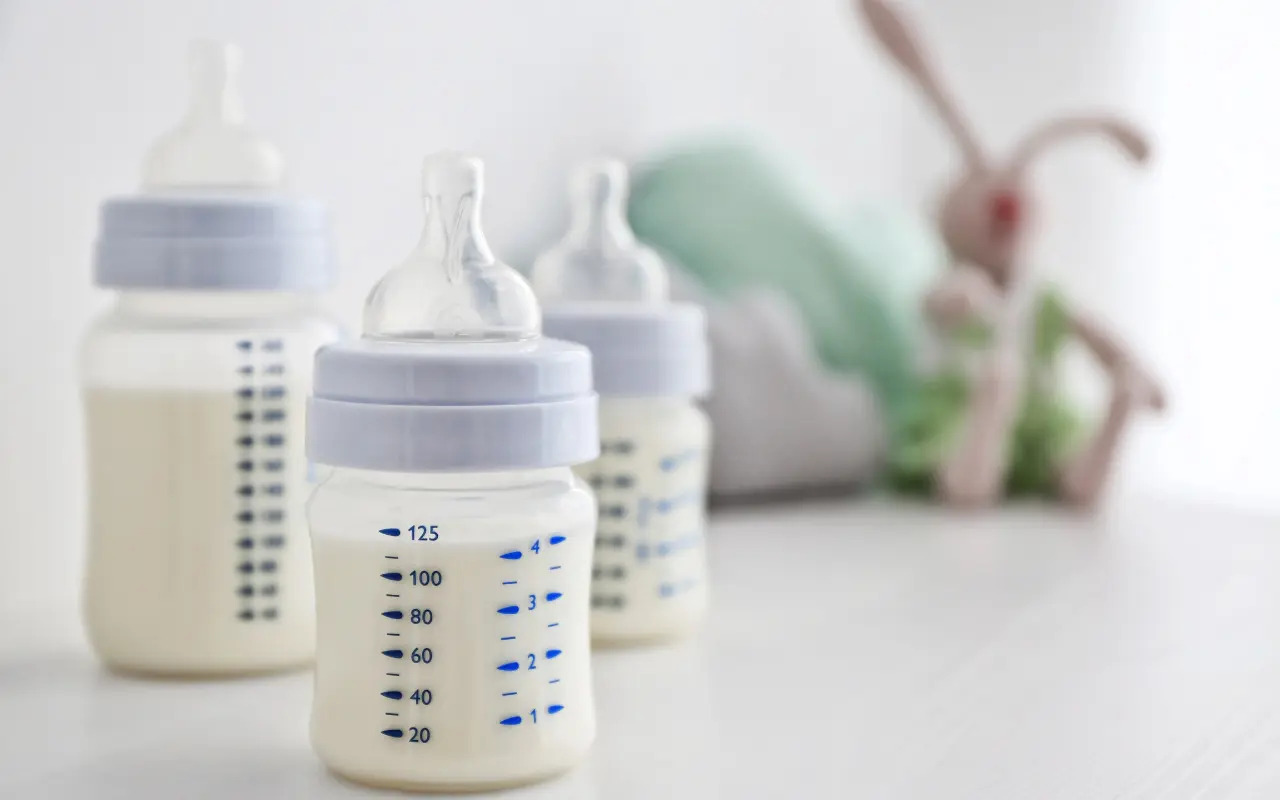

Articles
How To Store Sterilised Bottles
Modified: February 24, 2024
Learn the best techniques for storing sterilized bottles in this informative article. Discover essential tips and tricks to keep your baby's bottles clean and safe.
(Many of the links in this article redirect to a specific reviewed product. Your purchase of these products through affiliate links helps to generate commission for Storables.com, at no extra cost. Learn more)
Introduction
Proper storage of sterilized bottles is essential for maintaining their cleanliness and ensuring the health and safety of your family. When bottles are not stored correctly, they can become contaminated, compromising the quality of the contents and increasing the risk of bacterial growth.
In this article, we will provide you with a step-by-step guide on how to store sterilized bottles effectively. By following these simple instructions, you can ensure that your baby’s bottles remain in optimal condition, ready for use whenever you need them.
From cleaning and sterilizing to selecting the right storage location and assembling the bottles, we will cover all the necessary aspects to help you maintain a hygienic and convenient bottle storage system. Let’s dive in!
Key Takeaways:
- Proper bottle storage is crucial for maintaining cleanliness, preventing bacterial growth, and ensuring safe feeding for your baby. Follow the step-by-step guide to create a hygienic and convenient storage system.
- Regular cleaning, proper assembly, and careful inspection are key to maintaining the integrity and safety of sterilized bottles. Implement these practices to provide a safe and hygienic feeding experience for your little one.
Read more: How To Store Bottles
Importance of Proper Bottle Storage
Proper bottle storage is crucial for several reasons. Firstly, it helps to prevent the growth of harmful bacteria and maintain the cleanliness of the bottles. When bottles are left exposed or stored incorrectly, they can become contaminated with germs, leading to potential health risks for your baby.
By storing sterilized bottles properly, you can also ensure that the contents remain uncontaminated and safe for consumption. This is especially important if you use formula milk or breast milk, as any bacterial growth can compromise its quality and pose a risk to your baby’s health.
Furthermore, storing bottles correctly allows for easier organization and retrieval when you need them. Imagine a scenario where you urgently need a bottle for your hungry baby, but you can’t find one because they were not stored properly. Proper storage practices help you avoid such stressful situations and provide a convenient and efficient system for accessing your bottles.
Another essential aspect of proper bottle storage is maintaining the longevity of the bottles. When bottles are stored incorrectly, they can become damaged or degraded over time. This can lead to cracks, leaks, or wear and tear, making the bottles potentially unsafe or unusable. Storing bottles properly helps to preserve their quality and extend their lifespan, saving you money in the long run.
Lastly, proper bottle storage promotes good hygiene and cleanliness in your home. It ensures that all items related to your baby’s feeding routine are kept in a clean and organized manner, reducing the risk of cross-contamination and maintaining a healthy environment for your little one.
In summary, proper bottle storage is vital for preventing bacterial growth, preserving the quality of the contents, maintaining bottle longevity, and promoting overall hygiene. Now that we understand the importance, let’s dive into the steps for storing sterilized bottles correctly.
Step 1: Cleaning and Sterilizing Bottles
The first step in proper bottle storage is to ensure that the bottles are thoroughly cleaned and sterilized before storing. This step is crucial for removing any traces of milk or formula residue and eliminating harmful bacteria.
Start by disassembling the bottles, separating the bottle, nipple, collar, and any other removable parts. Rinse all components with warm water to remove any remaining milk or formula.
Next, wash the bottles and parts with mild dish soap and a bottle brush. Pay close attention to difficult-to-reach areas, such as the inside of the nipple and the collar. Thoroughly scrub each component to ensure a thorough cleaning.
After washing the bottles, it’s time to sterilize them. There are several methods you can use to sterilize bottles, including boiling, microwave sterilizing, or using a steam sterilizer. Choose the method that is most convenient and suitable for your needs.
If you choose to boil the bottles, place them in a large pot and cover them with water. Bring the water to a rolling boil and let the bottles boil for at least five minutes. Remove them from the water using tongs and place them on a clean towel to air dry.
If using a microwave or steam sterilizer, follow the manufacturer’s instructions for proper usage. Typically, you will need to add water to the sterilizer, arrange the bottles inside, and run the sterilization cycle for the recommended duration.
Once the sterilization process is complete, carefully remove the bottles from the sterilizer and allow them to cool. Avoid touching the inner parts of the bottles to maintain their cleanliness.
It’s important to note that sterilized bottles should be used or stored immediately after sterilization. Leaving them exposed to open air for extended periods can reintroduce bacteria and compromise their cleanliness.
Now that you have cleaned and sterilized the bottles, it’s time to move on to the next step in the process: drying the bottles thoroughly.
Step 2: Drying Bottles
After cleaning and sterilizing the bottles, it’s crucial to ensure that they are dried thoroughly before storing them. Proper drying helps to prevent the growth of bacteria and maintain the cleanliness of the bottles.
Start by shaking off any excess water from the bottles and parts, or gently pat them dry with a clean towel. Avoid using cloth towels or paper towels that may leave lint or fibers behind.
To further aid in the drying process, you can use a specially designed bottle drying rack. These racks have pegs or slots to hold the bottles and allow air to circulate, promoting faster drying.
If you don’t have a bottle drying rack, you can also place the bottles on a clean and dry towel or dish rack. Make sure to spread them out to allow adequate airflow.
Avoid wiping the inside of the bottles or using cotton swabs to dry them, as this can introduce lint or fibers and potentially contaminate the bottles. Instead, let them air dry completely.
In addition to drying the bottles, ensure that the nipples, collars, and other parts are also dried thoroughly. These areas can trap moisture if not properly dried, providing a breeding ground for bacteria.
Depending on the climate and humidity levels, drying times may vary. It’s best to allow the bottles and parts to air dry for a minimum of 1-2 hours to ensure that they are completely dry before moving on to the next step.
By ensuring that the bottles are thoroughly dried, you are taking an important step in maintaining their cleanliness and reducing the risk of bacterial growth. With the bottles dry and ready, it’s time to proceed to the next step: selecting an appropriate storage location.
Step 3: Selecting an Appropriate Storage Location
Choosing the right storage location for your sterilized bottles is essential to maintain their cleanliness and accessibility. Here are some key factors to consider when selecting an appropriate storage location:
- Cleanliness: Choose an area that is clean, free from dust, and away from potential contaminants. Avoid storing the bottles near cleaning supplies, chemicals, or areas with high foot traffic.
- Temperature control: Opt for a location with a stable temperature. Extreme temperature fluctuations can affect the integrity of the bottles and increase the risk of bacterial growth. Avoid areas that are exposed to direct sunlight or near heat sources.
- Avoid moisture: Moisture can promote the growth of mold and bacteria. Avoid storing the bottles in damp areas like the bathroom. Instead, choose a dry and well-ventilated spot.
- Accessibility: Store the bottles in a location that is easily accessible. This is particularly important for night-time feedings or during moments of urgency. Consider organizing the storage area in a way that allows you to quickly grab a bottle when needed.
- Hygienic storage containers: Another option is to use dedicated bottle storage containers that are specifically designed to keep bottles organized and protected. These containers often come with compartments and covers to maintain cleanliness.
Based on these factors, some suitable storage locations for sterilized bottles may include a kitchen cabinet, a dedicated shelf in the pantry, or a designated area in the nursery. Choose a location that is convenient for you and meets the above criteria.
Remember to regularly clean the storage area to prevent dust or debris from accumulating. If using a cabinet or shelf, line it with a clean shelf liner or use storage bins to keep the bottles separate and organized.
Now that you have a suitable storage location, it’s time to move on to the next step: assembling the bottles for storage.
Store sterilized bottles in a clean, covered container to prevent contamination. Keep them in a dry, cool place away from direct sunlight. Avoid stacking them to maintain their sterility.Read more: How To Store Sanitized Bottles
Step 4: Assembling the Bottles
Once you have cleaned, sterilized, and dried the bottles, it’s time to assemble them for storage. Proper assembly ensures that the bottles remain intact and protected while they are not in use.
Start by reattaching the nipples to the bottles. Make sure that the nipples are securely attached and aligned properly. Check for any cracks or damage in the nipples before using them.
Next, attach the collars to the bottles, securing the nipples in place. Ensure that the collars are tightened properly but not excessively, as this can cause damage to the bottles or distort the shape of the nipples.
If you are using any additional parts or accessories, such as sealing discs or bottle caps, attach them accordingly. These additional components help to keep the bottles sealed and protected.
Check each assembled bottle to ensure that all parts are securely attached and there are no leaks or loose components. Proper assembly is essential to maintain the cleanliness and integrity of the bottles while they are in storage.
Organize the assembled bottles in the designated storage location, keeping them upright to prevent any potential leakage. Avoid overcrowding the storage space, as this can make it difficult to access individual bottles when needed.
Label the bottles if necessary, especially if you are storing multiple bottles with different contents or for different purposes. This will help you quickly identify the specific bottle you need without having to go through each one.
By assembling the bottles properly and organizing them in the storage location, you are taking important steps to maintain the cleanliness, accessibility, and overall hygiene of the bottles. Now, let’s move on to the next step: covering and securing the bottles for storage.
Step 5: Covering and Securing Bottles
Once you have assembled the bottles and placed them in the designated storage location, the next step is to cover and secure them. This step helps to protect the bottles from dust, insects, and other potential contaminants.
There are a few options for covering and securing the bottles:
- Bottle caps: If your bottles came with matching caps, use them to cover the nipples. These caps help to keep the nipples clean and protect them from dust or other particles.
- Storage covers: Some bottle storage containers come with dedicated covers or lids that can be securely placed over the entire bottle. These covers provide an extra layer of protection and help maintain the cleanliness of the bottles.
- Plastic wrap or foil: If you don’t have bottle caps or storage covers, you can use plastic wrap or aluminum foil to cover the bottles. Wrap each bottle tightly, ensuring that the nipples are well-protected from outside contaminants.
- Zip-top bags: Another option is to place the assembled bottles in zip-top bags. This method is particularly useful if you need to transport or store the bottles in a refrigerator, as the bags provide an extra layer of protection and prevent any potential leaking.
Choose the method that is most suitable for your needs and the available resources. Regardless of the method, ensure that the bottles are covered securely to maintain their cleanliness and avoid any potential contamination.
If you are using plastic wrap, foil, or zip-top bags, make sure to label the bags or wrap with the date of sterilization. This will help you keep track of the freshness and ensure that the bottles are used within a reasonable timeframe.
Now that the bottles are covered and secured, it’s important to regularly clean and inspect the storage area to maintain cleanliness and hygiene.
Step 6: Regular Cleaning and Inspection
Maintaining the cleanliness of the storage area and regularly inspecting the bottles is crucial to ensure their safety and hygiene. Follow these steps to perform regular cleaning and inspection:
- Clean the storage area: Regularly clean the storage area to remove any dust, dirt, or potential contaminants. Wipe down the shelves or cabinets with a clean cloth or disinfectant wipes. This helps to maintain a clean environment for the bottles.
- Inspect for damage: Periodically inspect the bottles for any cracks, leaks, or damage. Check the nipples, collars, and other parts for signs of wear and tear. Discard any bottles or parts that are damaged or compromised to avoid potential risks.
- Check expiration dates: If you are using formula milk or breast milk storage bags, check the expiration dates regularly. Remove any expired bags and replace them with fresh ones to ensure the quality and safety of the contents.
- Clean the assembled bottles: Even when in storage, it’s important to clean the assembled bottles from time to time. Depending on the frequency of use, wash the bottles and their parts with mild dish soap and warm water. Rinse them thoroughly and allow them to air dry before reassembling them for storage.
- Rotate the bottles: If you have multiple bottles in storage, it’s a good practice to rotate them. Use the oldest sterilized bottles first to prevent them from sitting in storage for too long. This helps to ensure that the bottles are used within a reasonable timeframe.
By performing regular cleaning and inspection, you can maintain the cleanliness and safety of the bottles, ensuring that they are in optimal condition for use.
With the regular cleaning and inspection completed, it’s time to move on to the final step: reassembling the bottles for use.
Step 7: Reassembling Bottles for Use
Once you are ready to use the sterilized bottles, it’s important to properly reassemble them to ensure their cleanliness and functionality. Follow these steps to reassemble the bottles for use:
- Wash your hands: Before handling the bottles, make sure to wash your hands thoroughly with soap and water. This helps to prevent any potential contamination.
- Retrieve the bottles: Remove the covered bottles from the storage area. Carefully unwrap or uncover them to avoid introducing any external contaminants.
- Inspect the bottles: Take a moment to inspect the bottles for any signs of damage or wear. Check the nipples, collars, and other parts to ensure they are in good condition. Discard any bottles or parts that show signs of damage.
- Clean the bottles: If the bottles have been in storage for an extended period, it’s a good practice to give them a quick rinse with warm water to remove any potential dust or debris.
- Assemble the bottles: Reattach the nipples to the bottles, ensuring they are securely aligned. Then, attach the collars to hold the nipples in place. Check that all parts are properly fitted and there are no leaks or loose components.
- Wash the bottles again: Before using the bottles, give them a final wash with mild dish soap and warm water. Rinse them thoroughly to ensure no soap residue remains.
- Prepare the bottles for feeding: Once the bottles are assembled and cleaned, you can proceed to fill them with formula milk, breast milk, or any other desired contents. Follow the appropriate guidelines and measurements for your baby’s age and nutritional needs.
By properly reassembling the bottles for use, you can ensure their cleanliness and functionality, providing a safe and hygienic feeding experience for your little one.
Remember to always follow the recommended guidelines for preparing and storing formula milk or breast milk. Proper storage and handling of the bottles are essential to maintain their quality and ensure your baby’s well-being.
With that, you have successfully completed the entire process of storing sterilized bottles. By following these steps, you can maintain the cleanliness, integrity, and safety of the bottles, ensuring they are always ready for your baby’s feeding needs.
Now, go ahead and confidently utilize this knowledge to create a convenient and hygienic bottle storage system for your little one!
Read more: How To Store Wine Bottles
Conclusion
Properly storing sterilized bottles is crucial for ensuring the cleanliness, safety, and convenience of your baby’s feeding routine. By following the step-by-step guide outlined in this article, you can maintain the quality of the bottles and protect your baby from potential health risks.
From cleaning and sterilizing the bottles to selecting an appropriate storage location, assembling the bottles, and covering them securely, each step plays a critical role in maintaining hygiene and preventing contamination. Regular cleaning and inspection help to ensure the bottles remain in optimal condition, ready for use at any time.
Remember to wash your hands before handling the bottles, inspect them for damage, and clean them thoroughly before reassembling them for use. By following these practices, you can provide a safe and hygienic feeding experience for your baby.
Whether you use formula milk, breast milk, or other liquids, it’s essential to follow the recommended guidelines for storage and preparation. Always check expiration dates, rotate the bottles as needed, and discard any damaged or compromised parts to ensure the bottles are safe and suitable for use.
By incorporating these practices into your routine, you can maintain a convenient and efficient bottle storage system, ensuring that your baby’s feeding needs are met with utmost care and hygiene.
Now, armed with this knowledge, go ahead and implement these steps to store your sterilized bottles properly. Your baby will thank you for the clean and safe feeding experience!
Frequently Asked Questions about How To Store Sterilised Bottles
Was this page helpful?
At Storables.com, we guarantee accurate and reliable information. Our content, validated by Expert Board Contributors, is crafted following stringent Editorial Policies. We're committed to providing you with well-researched, expert-backed insights for all your informational needs.
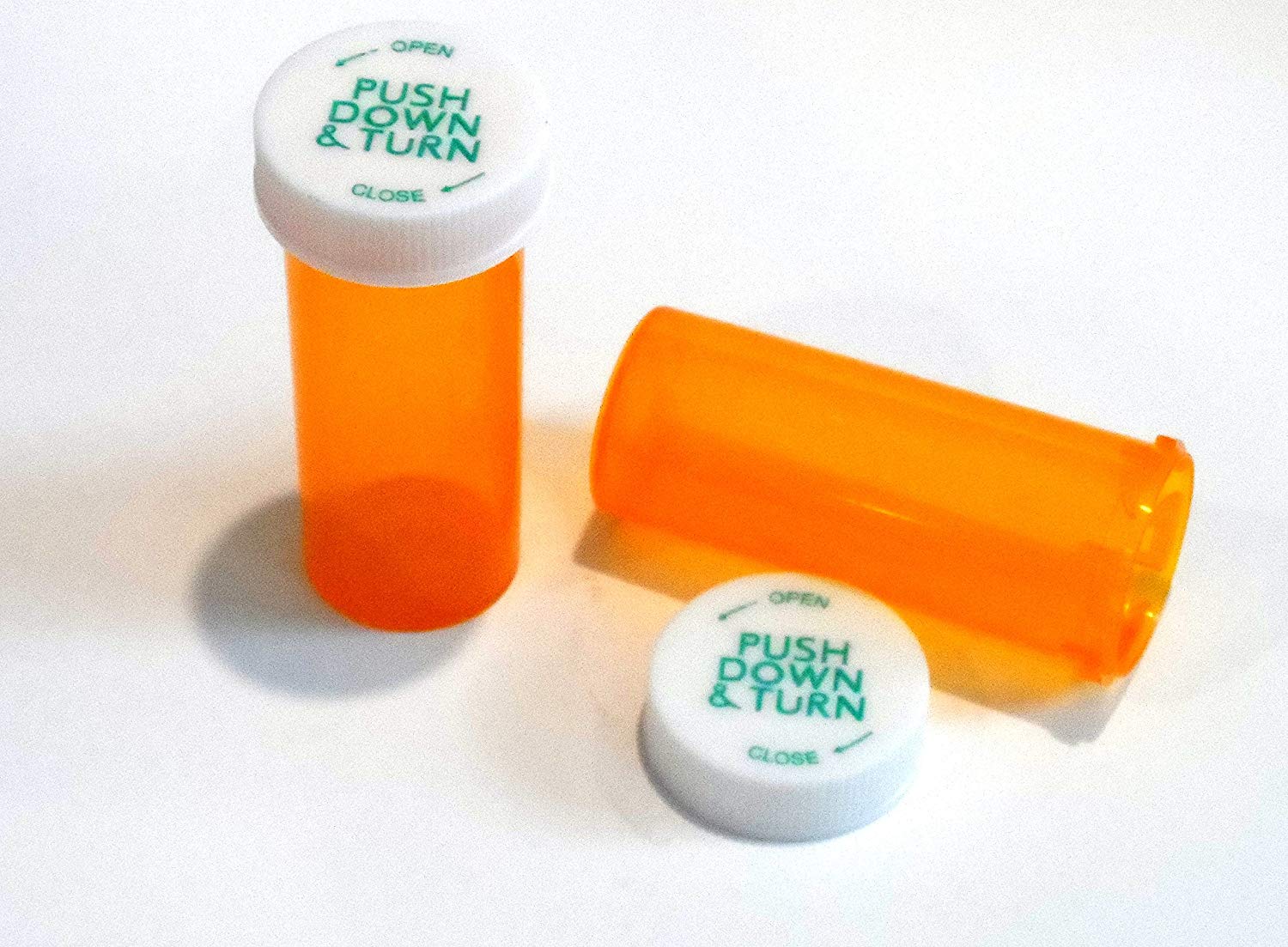
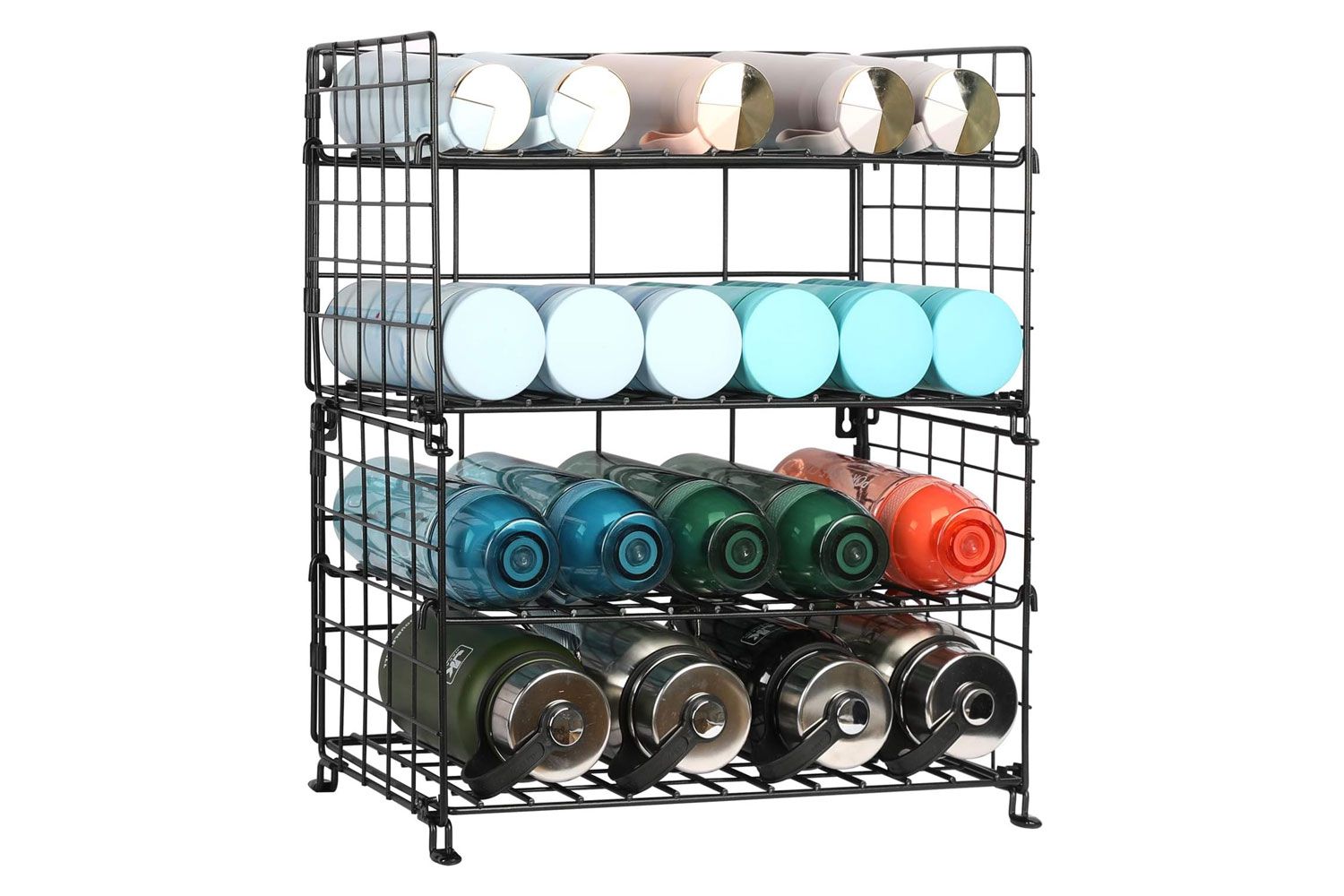
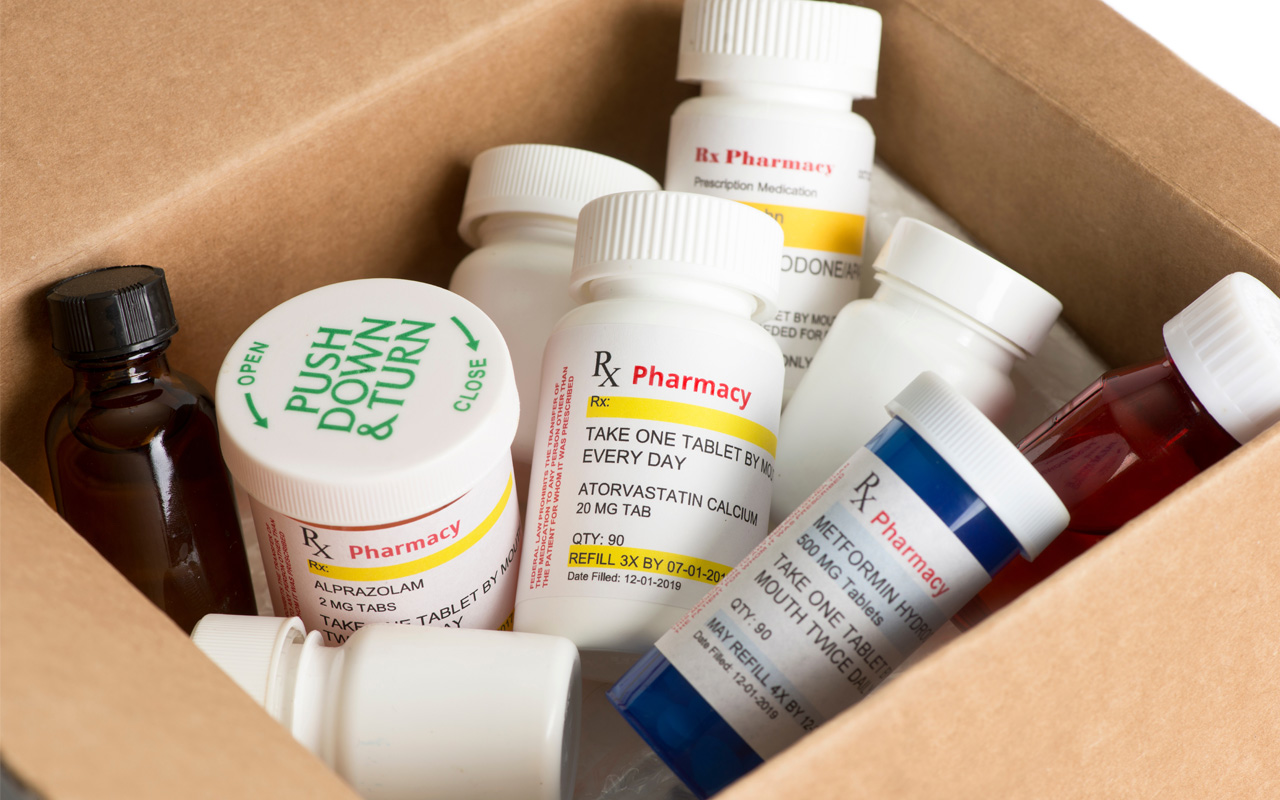
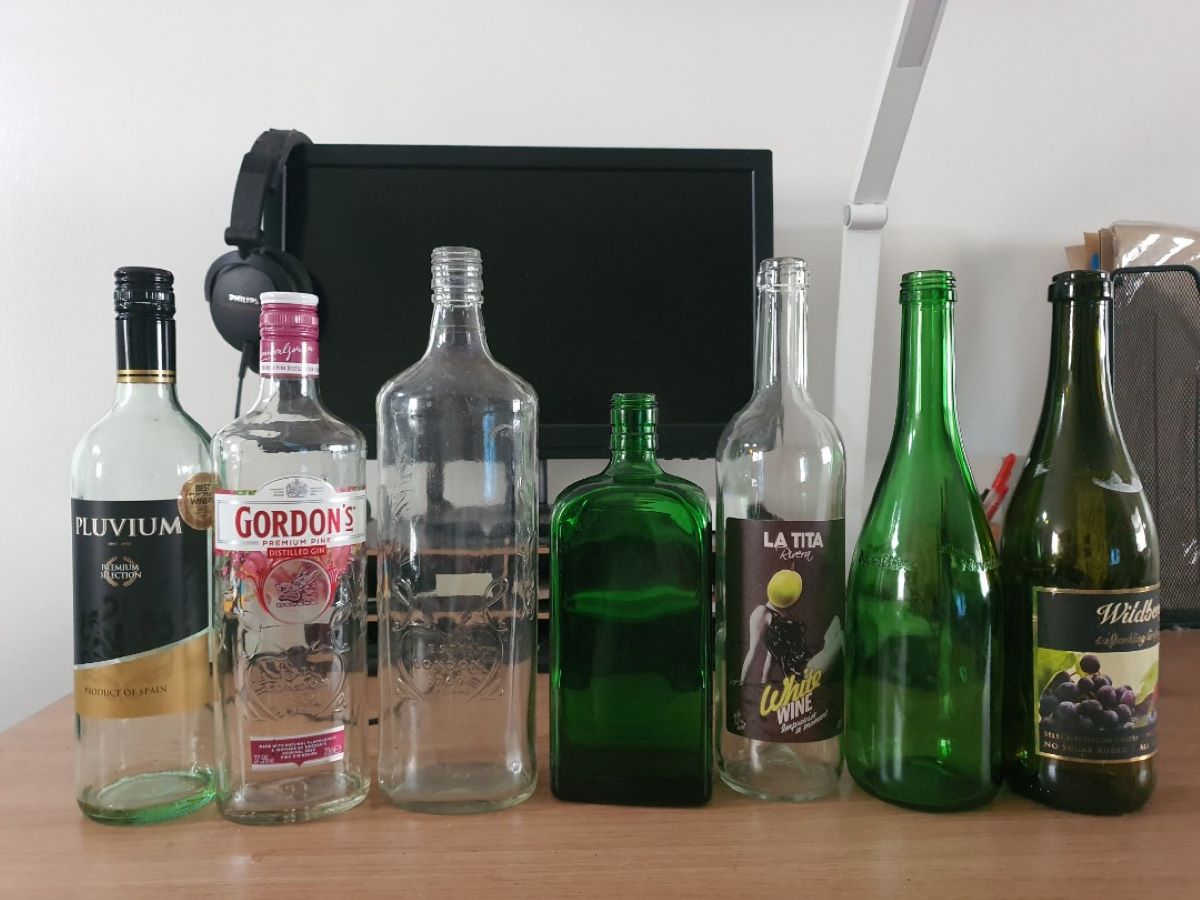
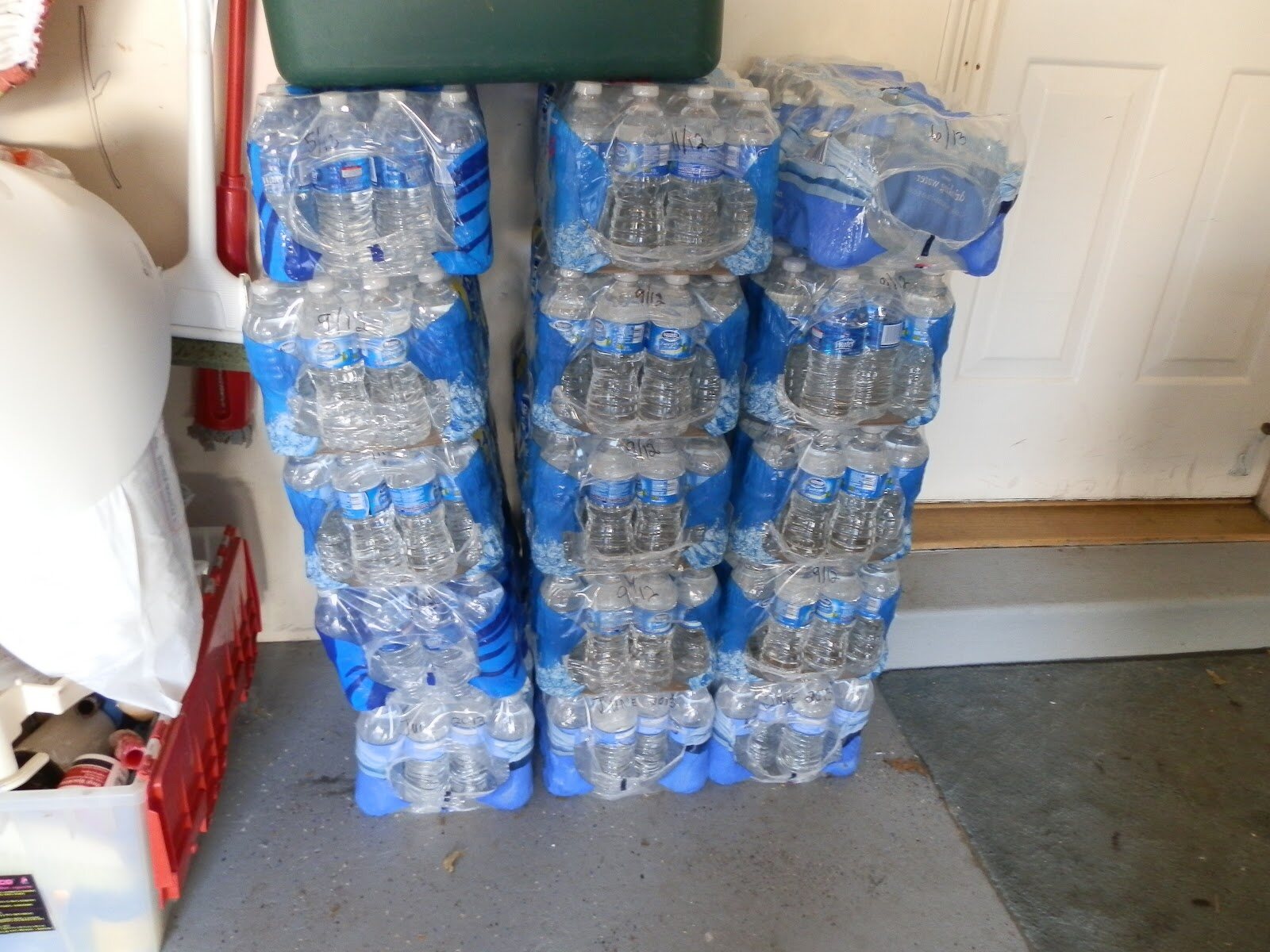
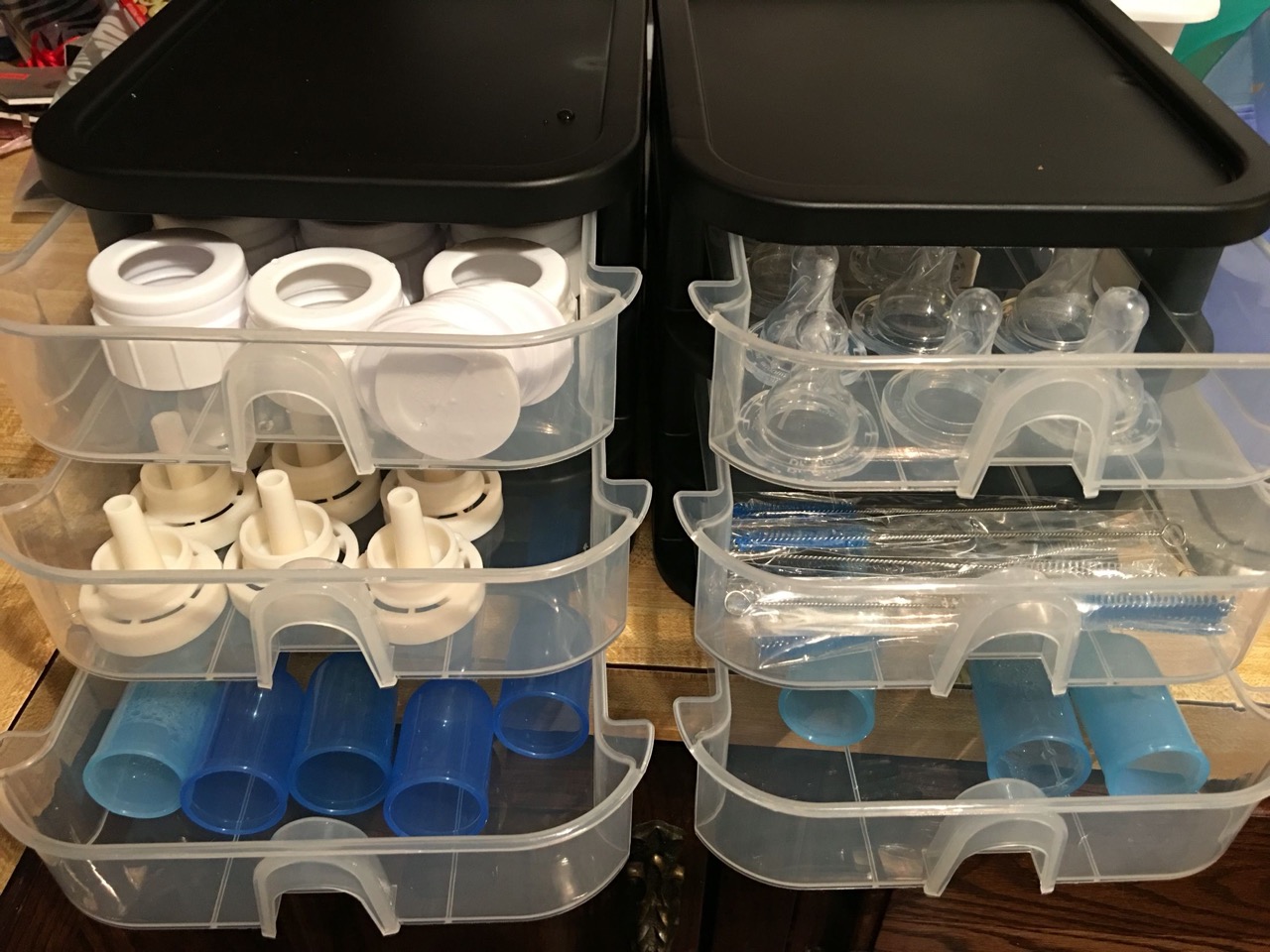
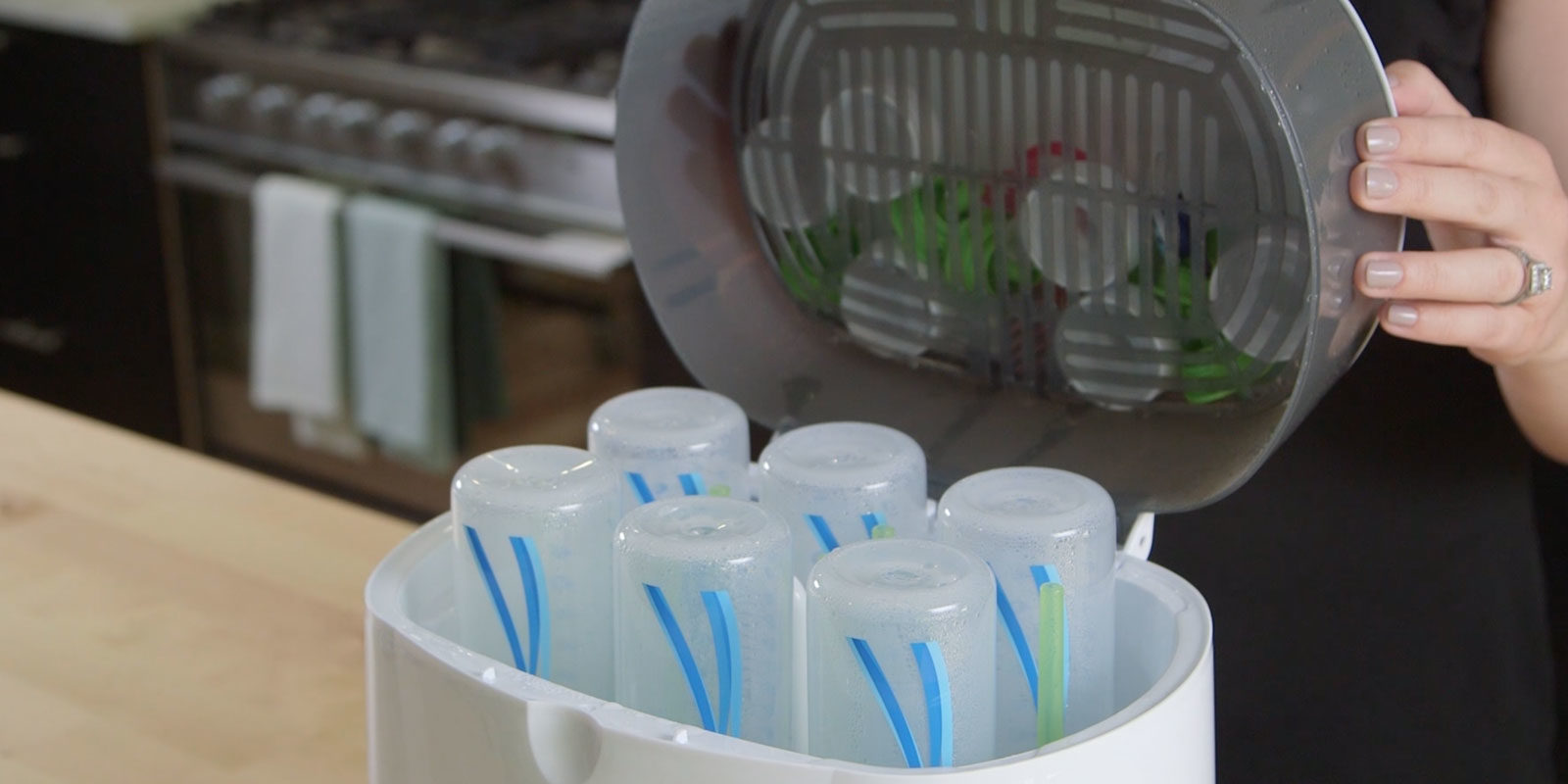
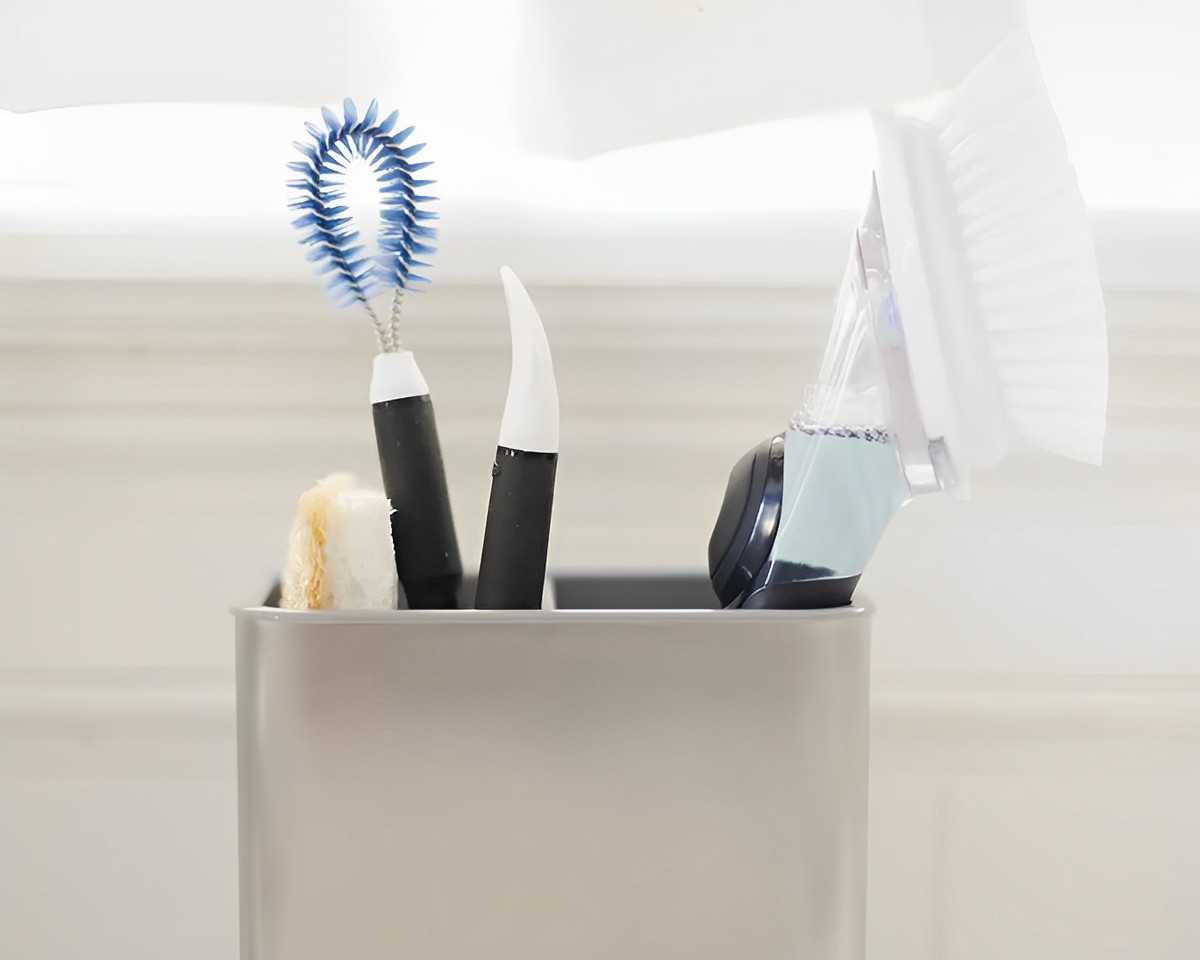
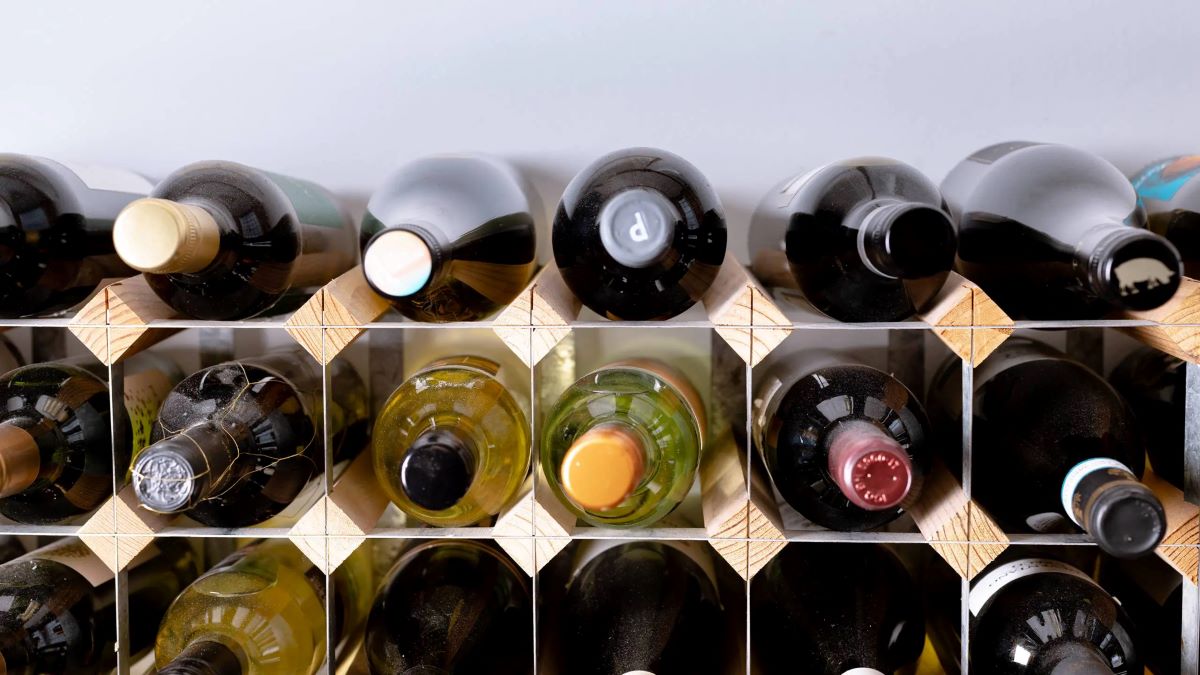
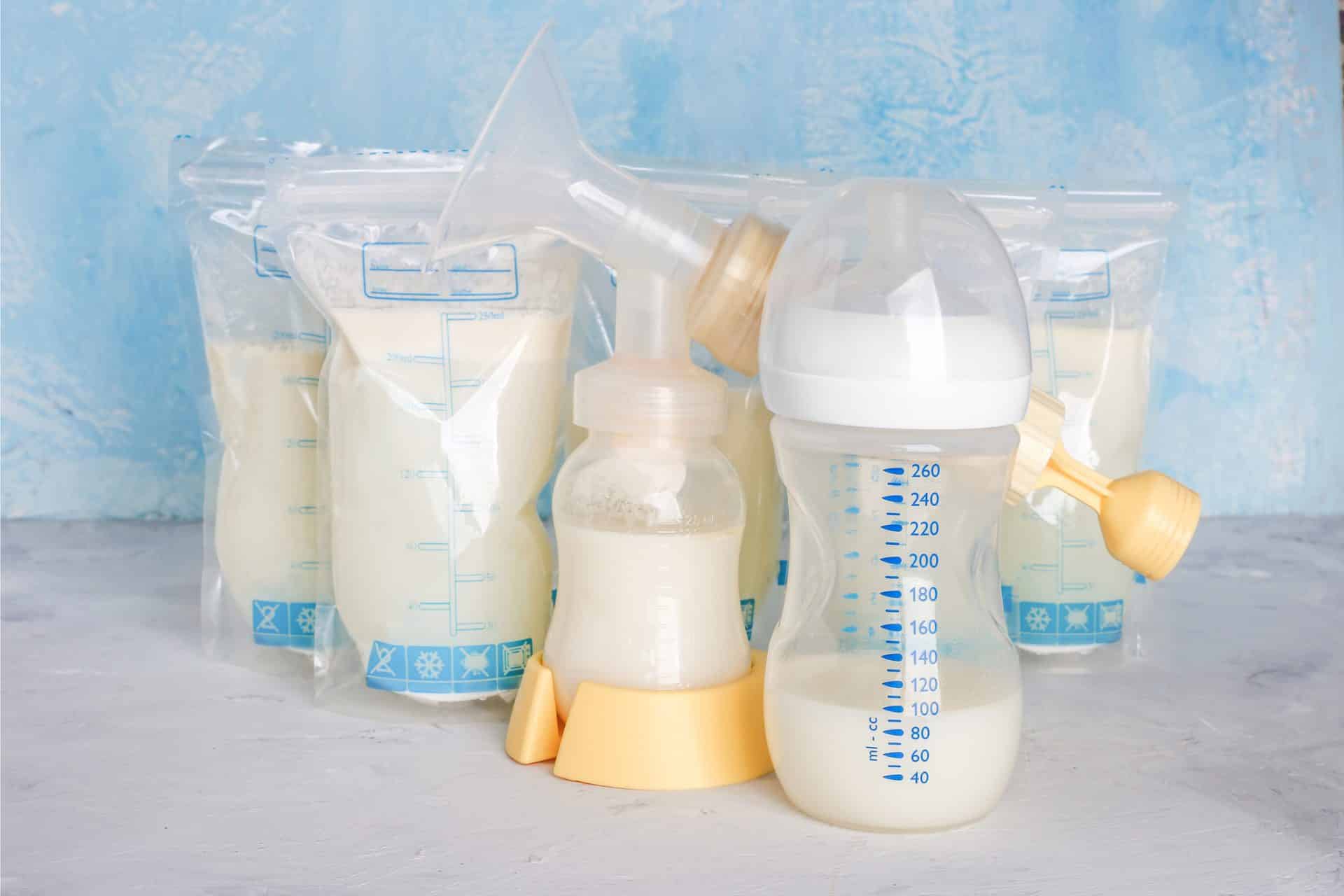
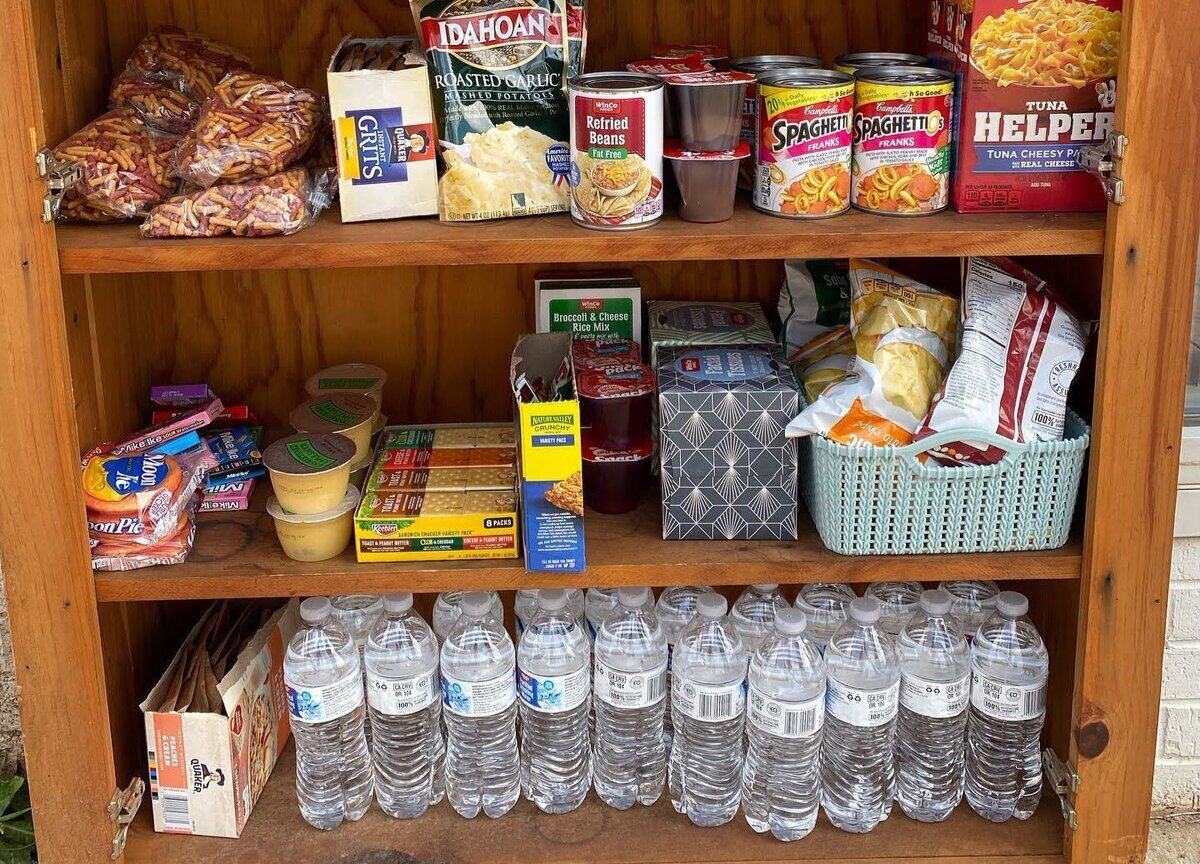
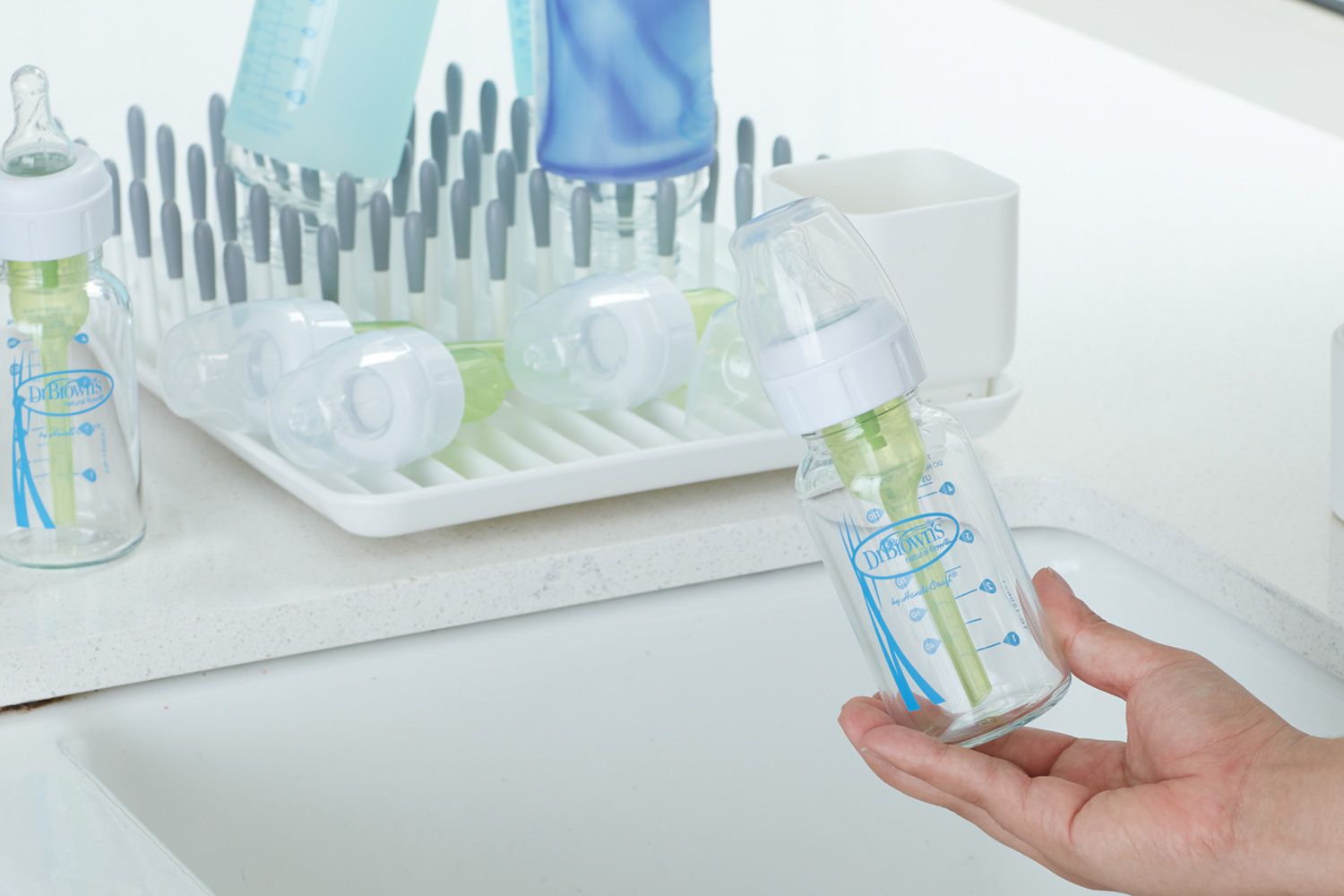
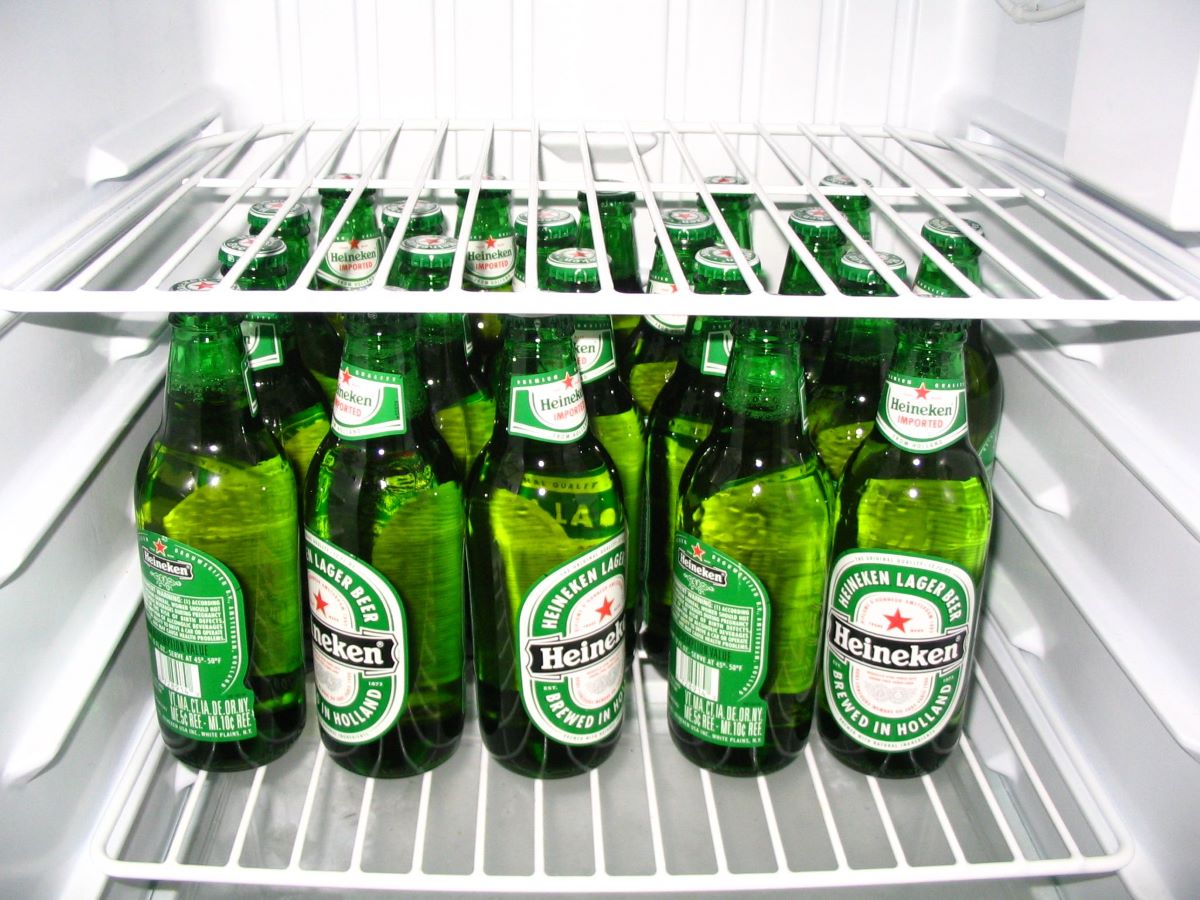

0 thoughts on “How To Store Sterilised Bottles”